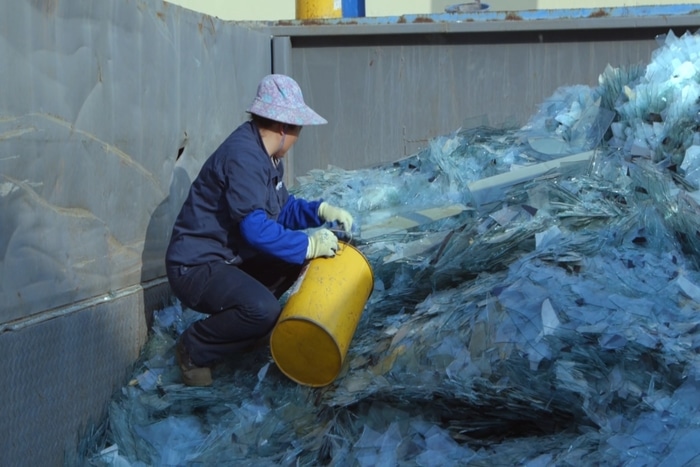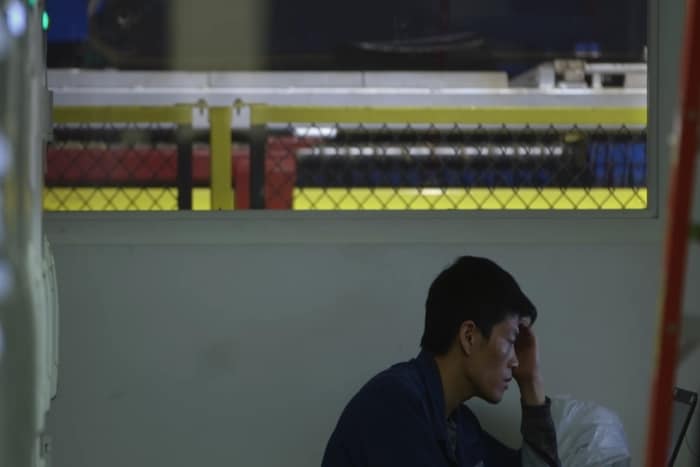Film Of The Month: American Factory, A Grim Story On Chinese And American Work Culture
PUBLISHED September 25th, 2019 06:00 am | UPDATED June 3rd, 2020 12:15 am
The Obamas are known for their presidency, philanthropy, and publications. But did you know that they have their own production company as well? Their debut premiered at the Sundance Film Festival in January, netting the Best Director Prize for Steve Bognar and Julia Reichert. Working closely with the heirarchy of employees, supervisors, and close access to company chairman Cao Dewang, Bognar and Reichart spent years building up reels upon reels of footage to finally give us a highly lauded and impactful documentary.
American Factory gives us a reverse take on the modern industrial economy of the United States, particularly after the hard-hitting 2008 recession. While the norm in the past is for US companies to open factories in China due to cheaper labour and capital costs, the premise of American Factory shows us the opposite: a Chinese billionaire opening a factory in post-industrial Ohio, taking over the abandoned husk of a General Motors plant and hiring two thousand blue-collar American workers.

The documentary starts by immediately thrusting us back to 2008 during General Motors Ohio’s closure, and the filmmakers perfectly capture the bleakness in the eyes of laid-off employees. Not to be dissuaded, a lot of them believe that the closure is just a minor setback in life and a brighter future is always available as long as you work for it. Fast forward to 2014, some of these workers are hired by Chinese company Fuyao Glass America to make automotive glass panels in the same plant.
Initially, things are going pretty well and the workers are grateful for the job and the training provided by the Chinese workers, who left the factories in China to train their new American counterparts. However, as time progresses and with Fuyao Glass America not being able to rake in the profits, the cracks (pun intended) start to show.

Communication issues and cultural differences are common on the factory floor, and it shows a clash of work customs between the two nationalities. Many American workers call for unionization, but the Chinese company and its chairman believe that unions will affect productivity and efficiency. Workplace injuries are also rife at Fuyao Glass America due to the focus towards speed, and throughout the documentary, you can see many violations of regulations under the Occupational Safety and Health Administration.
A small team of American supervisors are then given the chance to visit the Fuyao factory in China, and this is where we see the stark contrast in work attitudes. The Chinese are slim and slender, with excellent postures and smiles as they produce panel after panel of glass like clockwork, while back in Ohio, the American workers are slower, slumped, and constantly frowning as they engage in conversations while working, lowering productivity. Also, unlike the Americans who grumble as they work eight hour days, five days a week, the Chinese work twelve hour days, six days a week and yet do not seemingly air their grievances.

It all boils down to the same fundamentals in the end – that regardless of race or country, all these workers want is to be able to put food on the table, see their families, and dispel the feeling of loneliness on the job. American Factory is a great way to further understand the lives of blue-collar workers, both American and Chinese, as they put in long hours to make their dream a reality.
Catch American Factory on Netflix.

